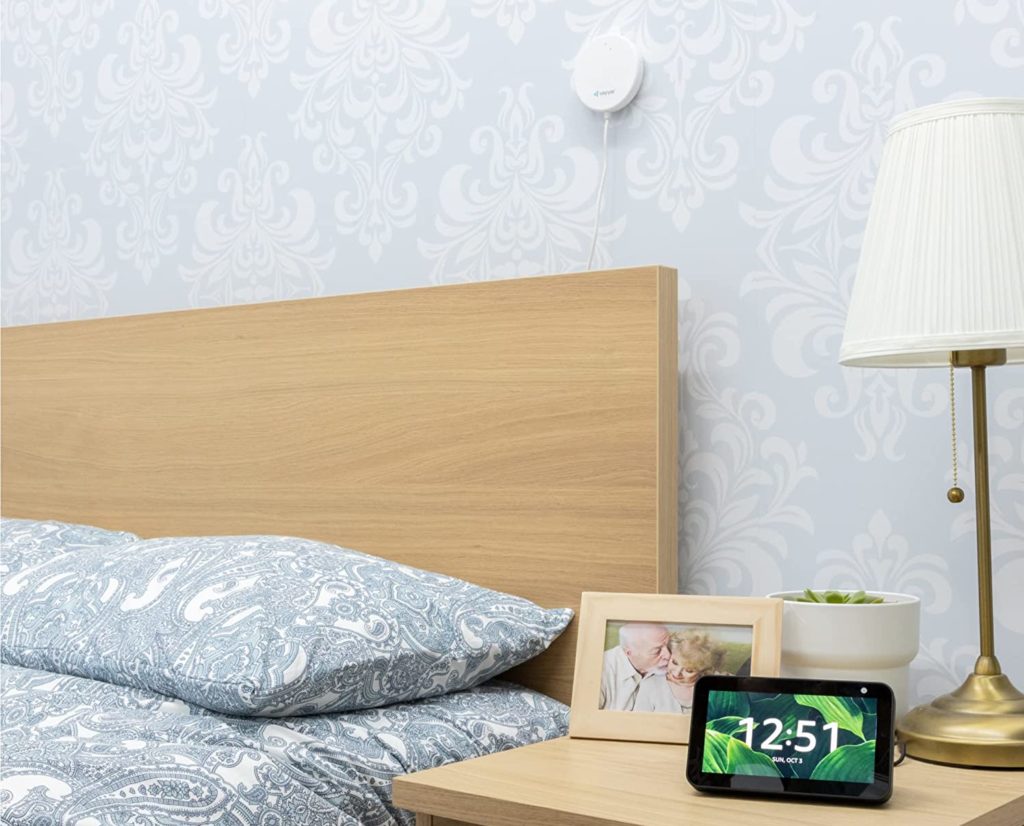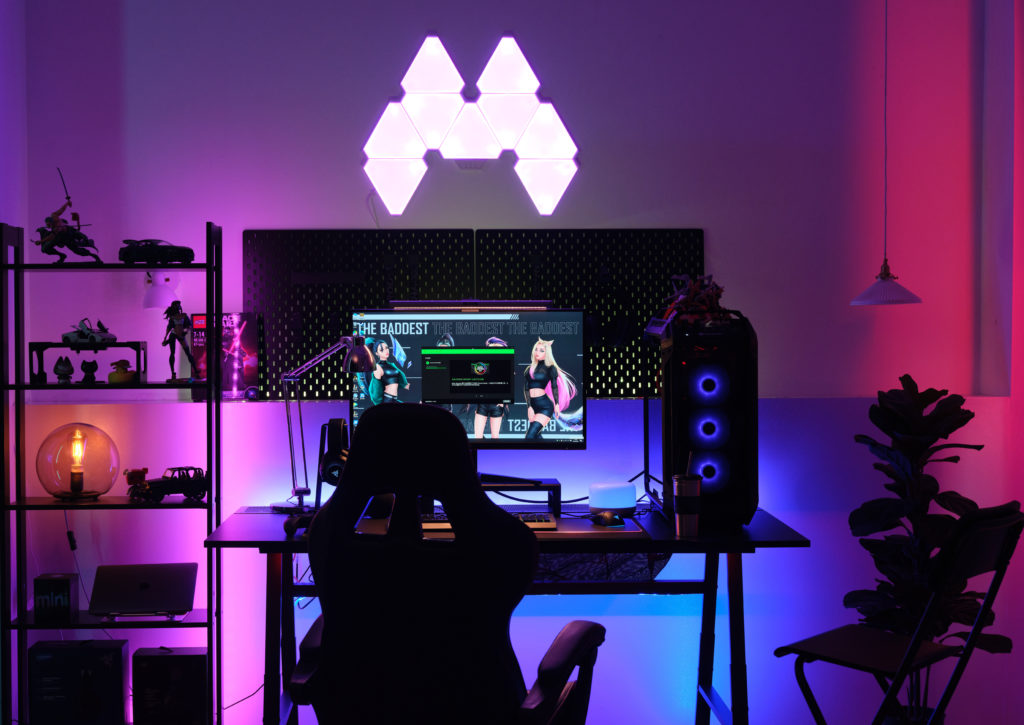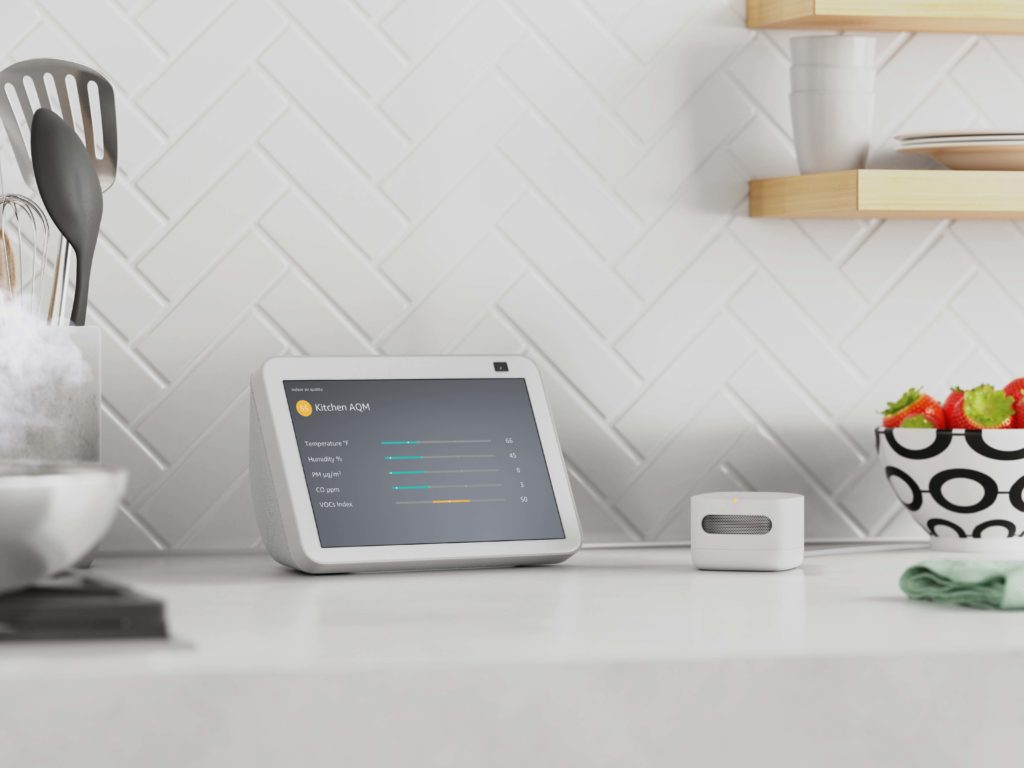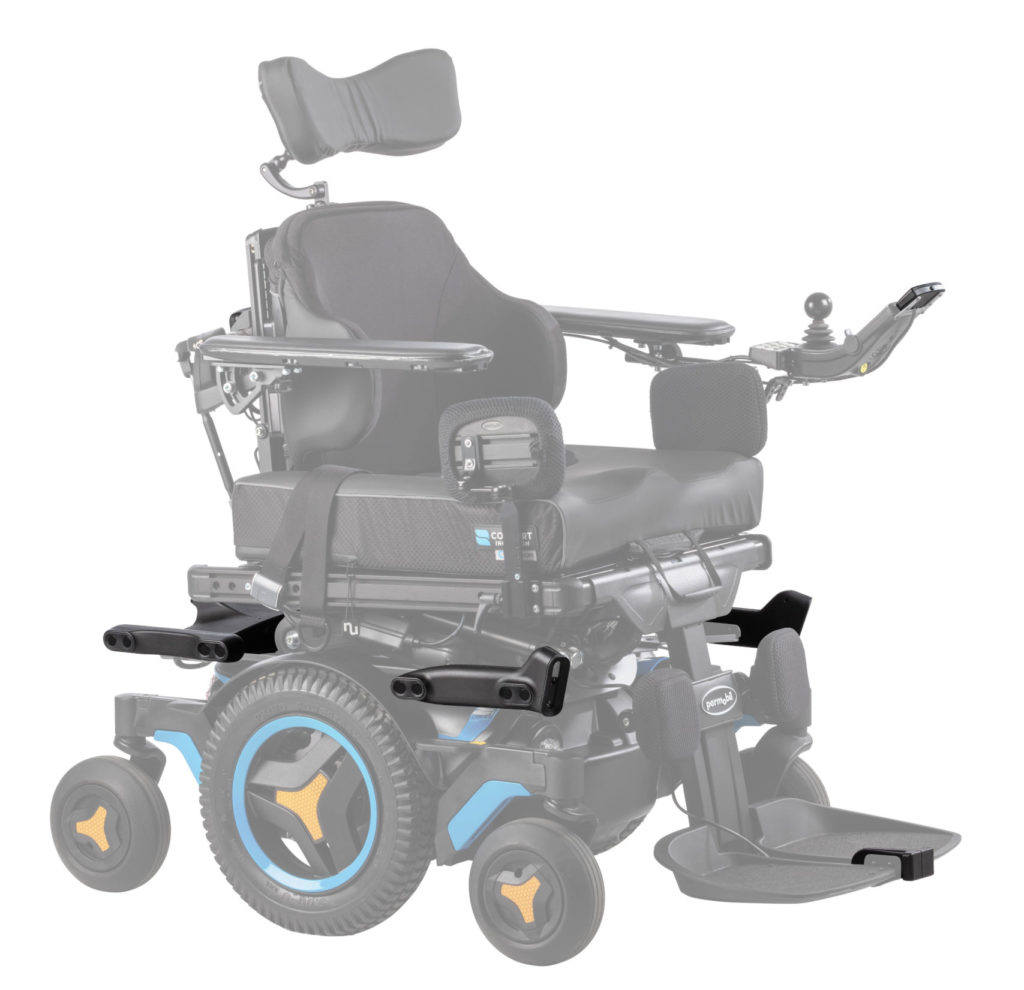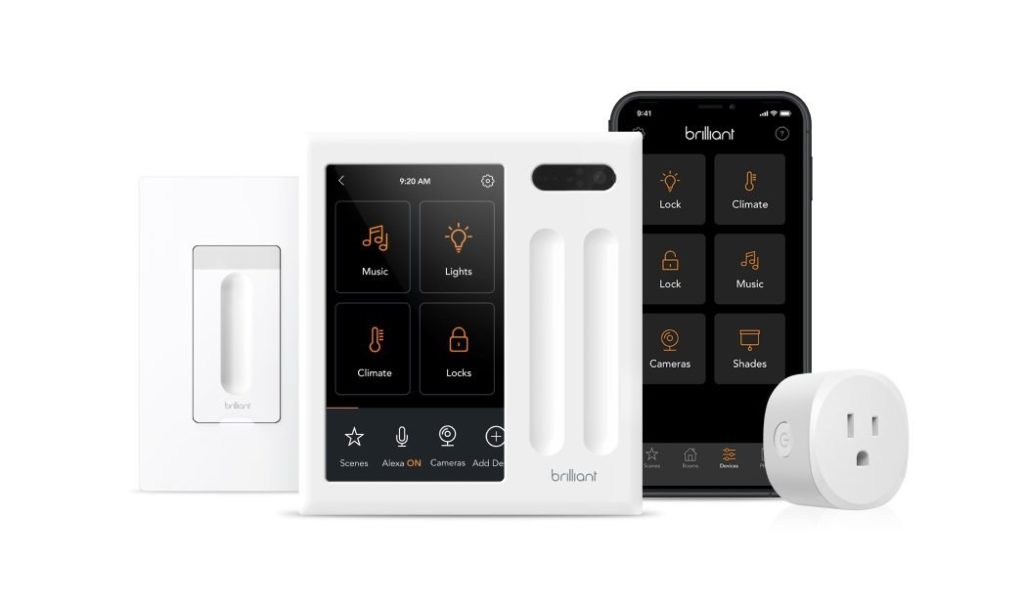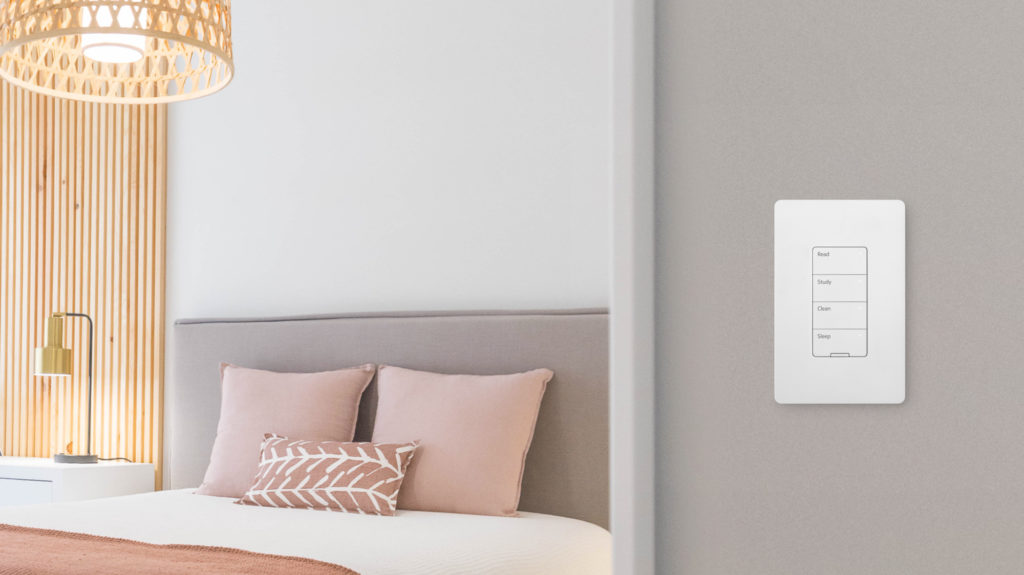It’s CES week, and neither Kevin nor I are physically there for the second year running. That makes it really tough to get a macro sense of cool tech and upcoming trends outside of press releases and product launches. Normally, we spend so much time trawling for the weird or futuristic in the demos and report on the stuff that isn’t pre-packaged in a release. Maybe we can return to that next year. In the meantime, there are a lot of stories, but the biggest trends in the smart home relate to the upcoming launch of the Matter interoperability standard for the smart home, a bunch of new products that will support HomeKit, and new products for Amazon Alexa and the Google ecosystems. We are also are excited about the newly launched Home Connectivity Alliance and what it might mean for future product features and energy consumption in the home.
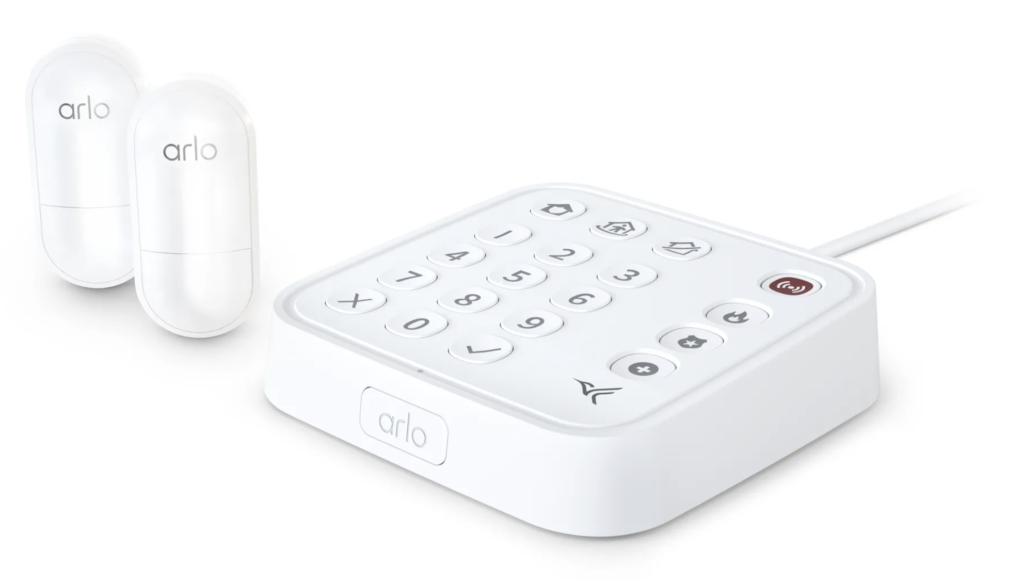
After a quick break, we share our non-amazement of John Deere’s automated tractor. It’s cool, but it has also been half a decade in the works, so it’s not like it comes as a huge shock. We then discuss new products from Samsung (an energy harvesting remote and a tablet for the smart home), Schneider Electric’s update to its energy management software, a new assistive robot, and Arlo’s smart home security system with an all-in-one sensor. Outside of product news, the Wi-Fi Alliance has released an update to the Wi-Fi 6 standard with more uplink capacity and better power management. This will ensure that Wi-Fi 6 is more relevant for IoT devices and perhaps ensure those chips get used in more end devices, especially in cameras and video doorbells. Masonite also showed off its smart door at CES so we share our impressions. Finally, we answer a question from a listener about power consumption in IoT devices.
Hosts: Stacey Higginbotham and Kevin Tofel
Sponsors: Twilio and Silicon Labs
- Matter may be late, but it’s looking much better
- All three digital assistants got a lot of love from new product launches
- John Deere’s robot tractor shows how technical farming has gotten
- Wi-Fi 6 gets an update custom-made for the IoT
- How much energy does Alexa or Siri consume?
Podcast: Play in new window | Download | Embed
Subscribe: RSS


